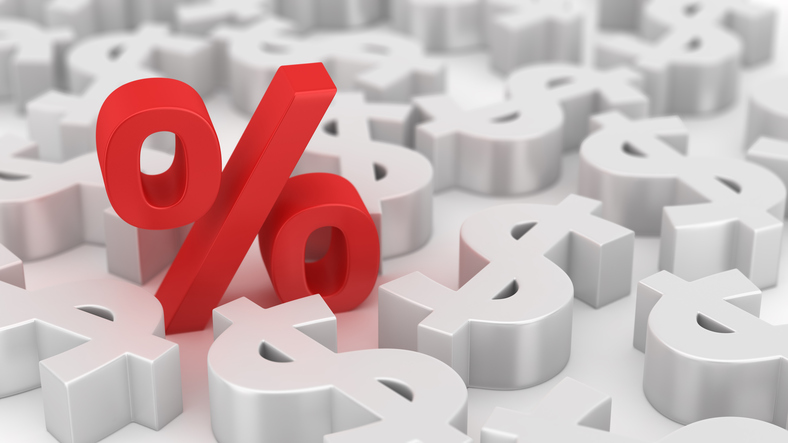Monday, April 09, 2018
By John Voket Compound interest. When applied to investment savings, compound is a good thing. But when it comes to loan paybacks, it can actually counter your ability to save because compound interest can rob you of a bunch of otherwise bankable 'benjamins.'
Compound interest. When applied to investment savings, compound is a good thing. But when it comes to loan paybacks, it can actually counter your ability to save because compound interest can rob you of a bunch of otherwise bankable 'benjamins.'Aliyyah Camp at fivecentnickel.com blogs to help consumers understand the concept of compound interest. She says interest can be calculated in one of two ways: simple interest or compound interest.
To calculate simple interest, just multiply the rate by the principal. Compound interest, however, is calculated on both the initial principal as well as the accumulated interest.
Camp says that means the amount of interest per year, or even per payment cycle, can vary. During each payment cycle, the accumulated interest is combined with the principal to calculate the next payment cycle’s interest.
Camp illustrates this using an auto loan of $20,000. With an annual 6 percent simple interest rate, you pay $1,200 per year in interest.
But with compound interest, instead of a simple 6 percent rate, you are technically paying interest on your interest, Camp says.
The Consumer Financial Protection Bureau (CFPB) consumerfinance.gov even offers a way to explain compound interest to your 11-year-old:
If you invest $1,000 (principal) and it earns 5 percent interest once a year (the compounding frequency), after the first year you would have $1,050 - your original principal - plus 5 percent or $50. The second year, you would have $1,102.50 because the next interest payment equals 5 percent of $1,050 - or $52.50.
The CFPB says you can teach compounding using your own change jar. Just dump your change jar out on the floor and tell your children they will invest $1 at 10 percent interest. Then run through a simulation like the one above, calculating the next interest payment on the principal-and-interest total each time.
The CFPB knows it's hard to find accounts or real-world investments that pay a steady 5 percent or 10 percent return. But if you want to encourage your child to save, the agency suggests adding a matching contribution – say, 25 cents for every $1 saved. That could help boost your child’s “interest.”
RISMedia welcomes your questions and comments. Send your e-mail to: realestatemagazinefeedback@rismedia.com



